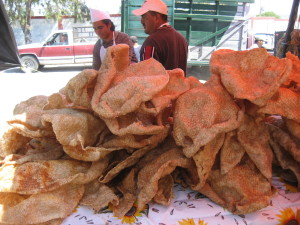Sometimes you see something that never leaves your mind. Such an event happened in my twenties while in Mexico City visiting family. Here is a short story I wrote about what I saw.
As your taxi idles at a traffic light on a busy street in Mexico City, a man with sharp cheekbones and a hawk’s-beak nose appears out of nowhere. He stands next to the driver’s front tire and leans across the hood. He is holding a smoldering rag wrapped around a broken broomstick. In it, you can see a small flame flicking in the faint wind. You lean forward to get a better look. Drops of sweat drip from the man onto the car hood. There is a heaviness as they fall away from his body. You watch him take in a long, deep breath, then inhale the fumes from the kerosene soaked rag. You half expect what happens next, but when it does, it takes your breath away. In one instant, the man belches out a blue-orange flame that flashes across the hood of the taxi. Then, he draws it back in like a medieval dragon and, with eyes that remind you of a reptile, peers under the maze of stickers that cover the top of the windshield. His bloodshot eyes make your white eyes sting. You look away. You know that you are looking at a dying man. Your hands shake as you fumble for your purse. You push a wad of pesos into his extended hand. For the first time, you notice that he has no eyebrows.
The light turns green and the taxi driver throws the car into drive. You turn and watch the fire-eater. You can almost hear the death rattle in his chest as he steps back to the curb.
That afternoon, I told a cousin who is a doctor about what I had seen. She told me that they come into the emergency room often. “They usually don’t make past their mid-twenties.”
I will never forget that man’s face or how sorrowful I felt as we drove away. -Elizabeth


